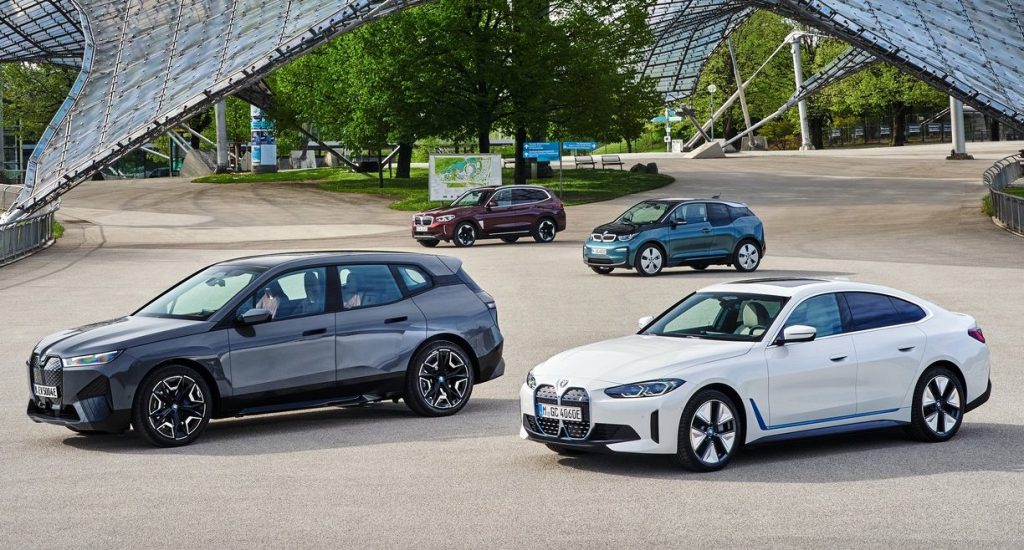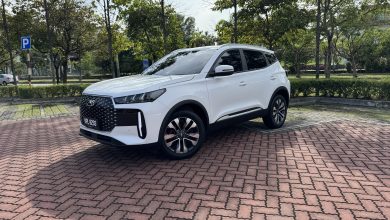A Reality Check On The Current State Of Play For EVs In Malaysia
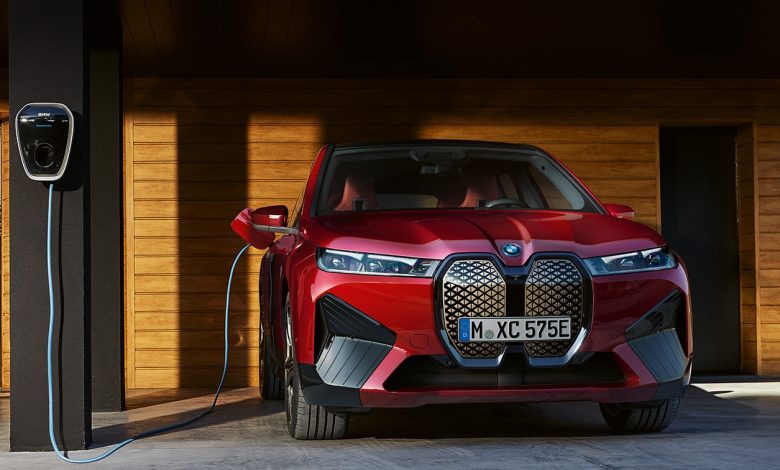
A few comments regarding a recently published EV progress infographic for Malaysia from BMW and MyZEVA.
Not too long ago, into the Automacha inbox came an infographic from BMW Group Malaysia and Malaysia Zero Emission Vehicle Association (MyZEVA) regarding the present progress of ‘Electrified Mobility in Malaysia’. And while something like this would typically be ran as a pretty benign feel-good EV adoption story, further reading of what was provided however had made this writer at least feel that the facts and figures does not tell the whole story regarding the realities EV ownership over here right now.
So to that end, here is that very infographic and its insights as provided by BMW and MyZEVA in their release, but just with a few Automacha comments to deliver a reality check behind the facts and figures provided.
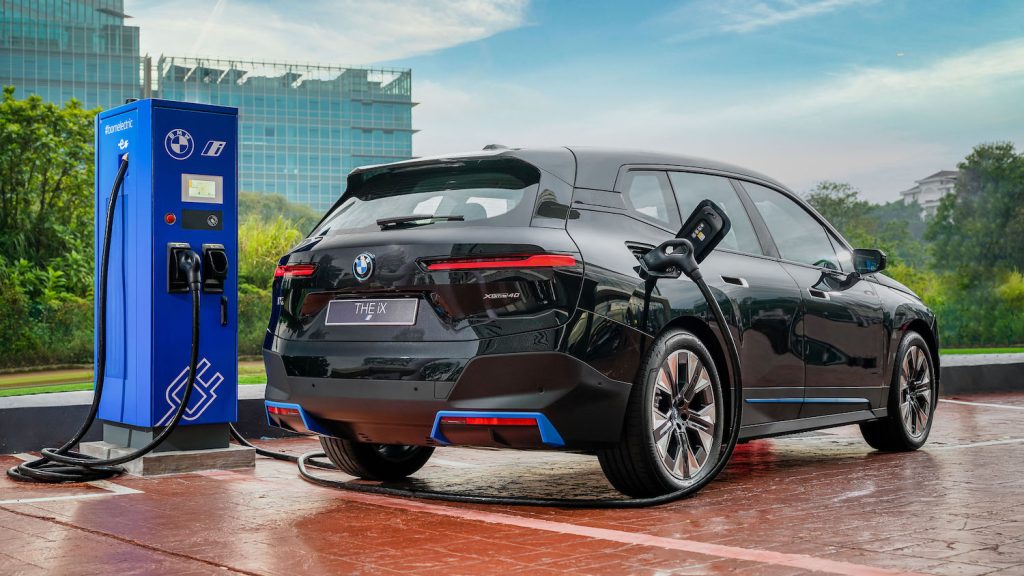
PRESS RELEASE: BMW Group Malaysia and Malaysia Zero Emission Vehicle Association (MyZEVA) present several insights into the present progress of Electrified Mobility in Malaysia, through a series of infographics. Based on data provided by MyZEVA, these visualisations highlight the growth in Electric Vehicle (EV) adoption and the expansion of the infrastructure for charging the vehicle currently shaping the innovation transition in the mobility sector.
Represented by vehicles and models from the BMW i portfolio, the feasibility of interstate travel with EVs, as well as the comparison in charging/refuelling and maintenance costs between EVs and petrol engine vehicles are also explored and detailed.
Infographic 1: Noticed More Electric Vehicles on the Road Lately?

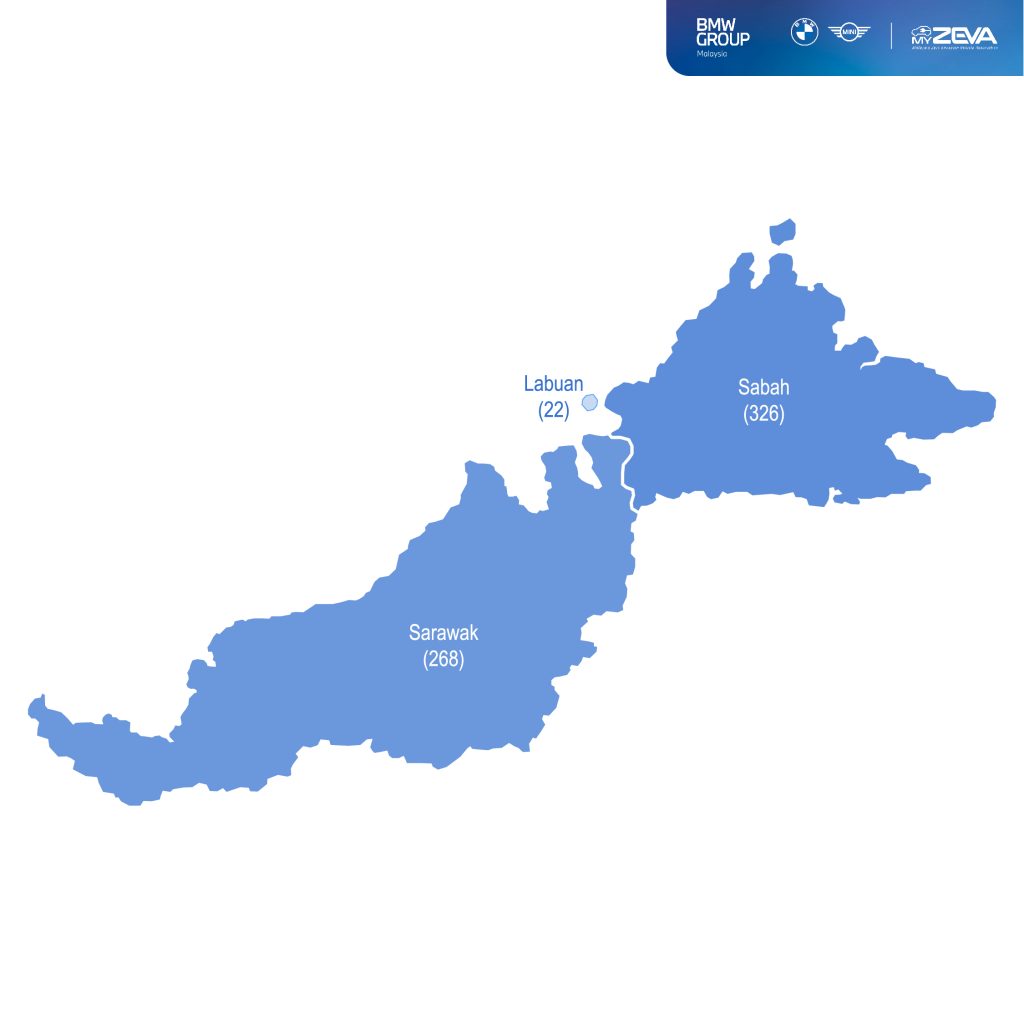
EVs are becoming increasingly common on Malaysian roads, with a growing number of registrations in state JPJ offices across Peninsular Malaysia. The heatmap above indicates that between 2021 and June 2024, significant numbers of EVs were registered in various states, with Kuala Lumpur leading at 5,271 registrations, followed by Selangor at 1,544 registrations. Other states with high registration numbers are Johor with 657, Pulau Pinang with 351, Sabah with 326 and Sarawak with 268. However, most registrations are also made online via the official JPJ partner portal. In fact, of the 27,382 registrations across Malaysia as of June 2024, 17,244 registrations were made via online registration.
This growth underscores the expanding reach of Electrified Mobility across the country, as more Malaysians, regardless of their location, embrace the benefits of EV ownership. Thanks to the improved range capacities of modern EVs, many Malaysians now confidently travel nationwide in their EVs with ease.
Automacha comment: None so far.
Accelerating towards Electrified Mobility.

After plug-in hybrid electric vehicles (PHEVs) gained significant traction in the 2010s as a transitional technology, the shift to EVs has visibly surged since 2022. As more Malaysians become aware of the benefits of Electrified Mobility and as the supporting infrastructure continues to grow, this trend is expected to persist.
Automacha comment: The surge in PHEVs back in the prior decade came about due to a significant tax incentive offered on those types of vehicles, with BMW incidentally benefitting hugely from it through the boom in sales of its plug-in F15-generation X5 xDrive40e launched back in 2016.
PHEV sales had however since slipped when the tax incentive was revoked, because they were not the perceived bargain that they once were. So the question is whether the same thing will occur with EV sales, when the government finally decides to pull the plug (pardon the pun) on its current tax free incentives for these zero-tailpipe emission cars.
Public Charging Network Growing in Tandem.

Correlating with the rise in EV ownership in Malaysia, the number of public charging bays have also risen exponentially to match, ensuring that the charging needs of EV owners are met and providing greater confidence for Malaysians to travel further with their EVs. The growing network of charging stations, both in urban areas and along highways, is a crucial factor in supporting the nation’s transition toward Electrified Mobility.
Automacha comment: Now there is no denying that there has been a recent exponential rise in the number of charging bays around, and there are currently more than enough public chargers to go around for EV owners. But what is nevertheless true too is that the public charging infrastructure has not grown as fast as what the government had envisioned as part of its electrification goal, with this potentially to pose a problem when the upcoming raft of (slightly) more affordable EVs begin to flood the market.
Also, the quantity of public EV chargers is only one part of the supporting infrastructure story. Such is that the other important factor regarding these chargers is where they are located. Very simply here, having all these chargers in a mall ain’t really all that much use to the many, many condo dwellers who are thinking of going electric, but have no where within their neighbourhood to charge it!
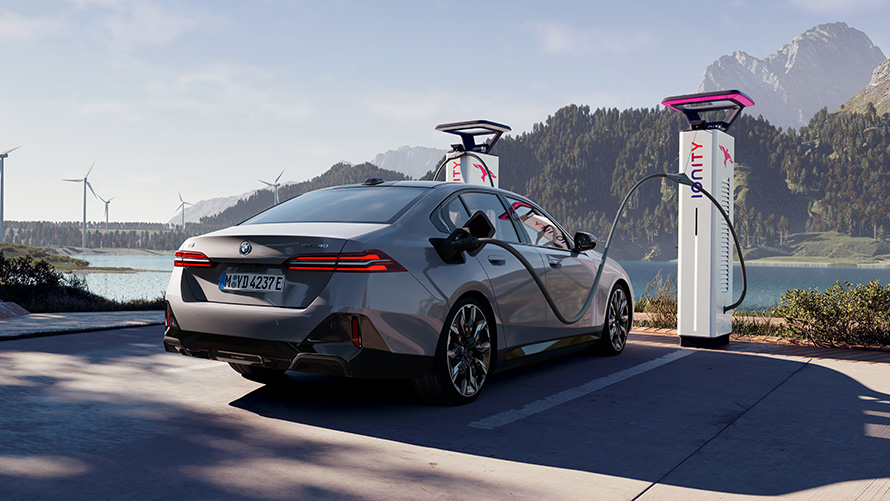
Infographic 2: Electric Vehicles Road Trips and Interstate Travels.
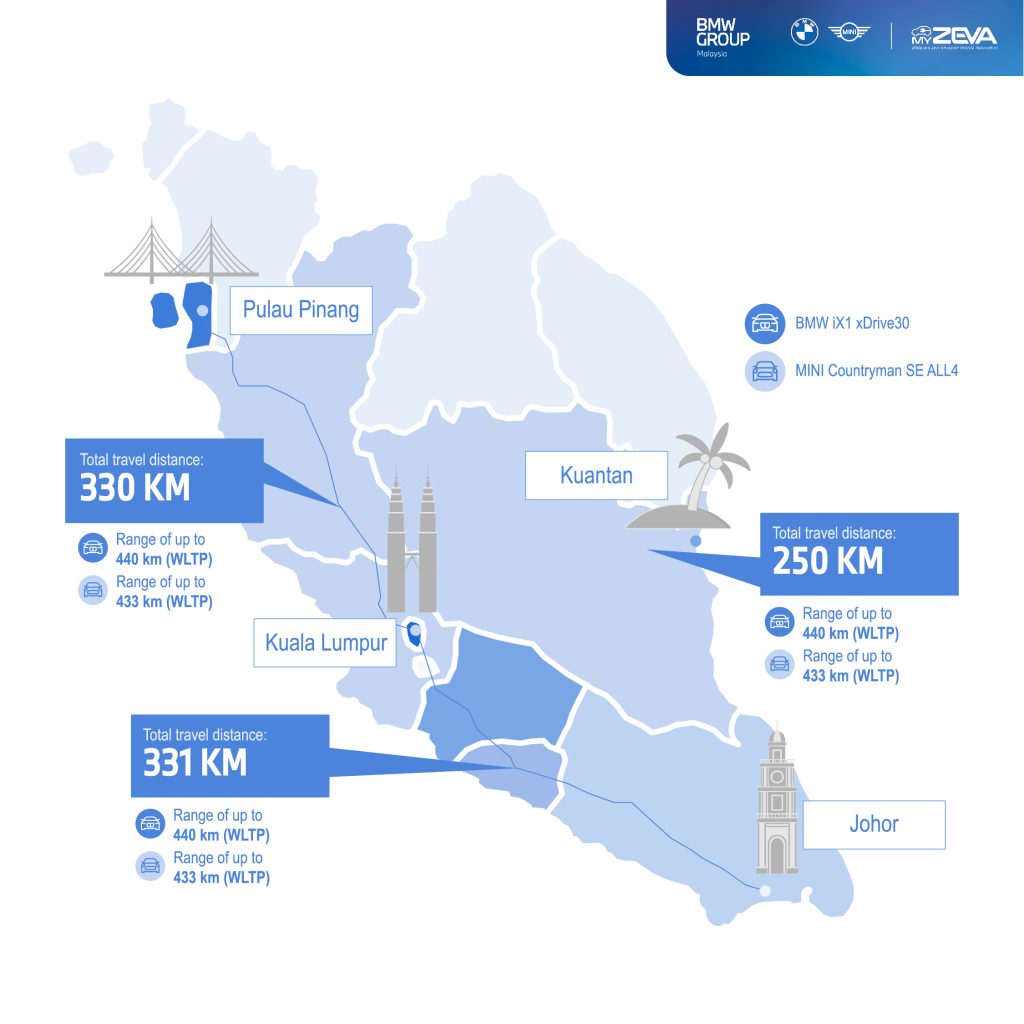
Modern EVs offer ranges that rival or even exceed those of petrol engine vehicles, making road trips in an EV a convenient and worry-free experience. With ranges of up to 440 km (WLTP) for models like the BMW iX1 xDrive30 and up to 433 km (WLTP) for the MINI Countryman SE ALL4, these vehicles are more than capable of handling long-distance journeys across Malaysia.
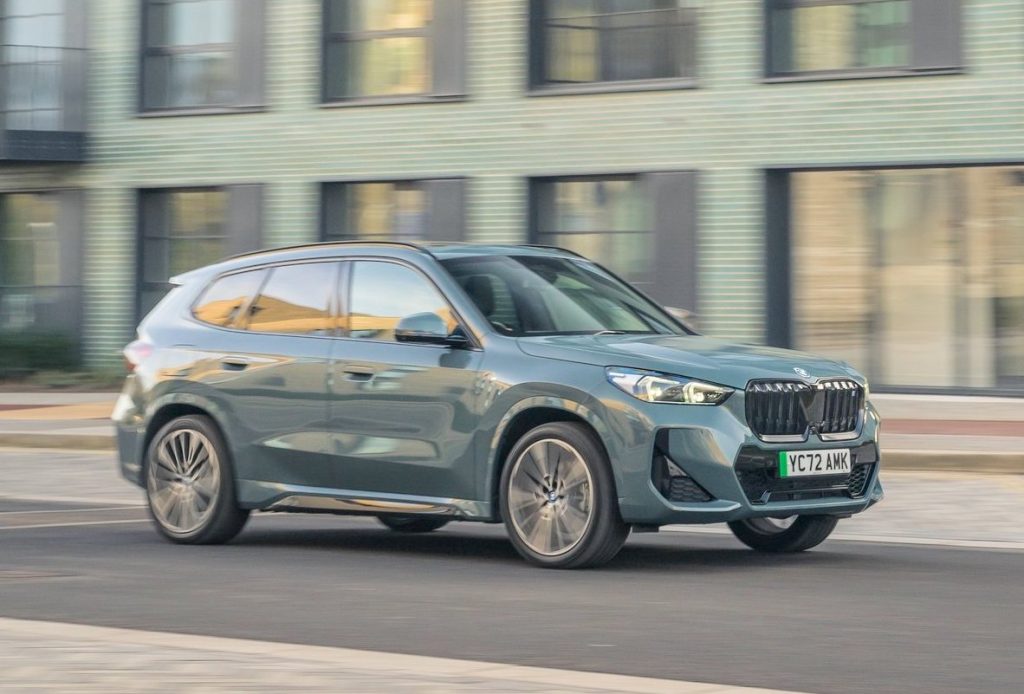
Automacha comment: What is conveniently left out from the above observation is that, at least in the context of long distance travel, charging times for EVs, in even the most rapid of DC chargers, still take way longer than the time required to refuel an ICE-equipped vehicle. And that half-hour (or longer) pit stop does inevitably lead further planning required when it comes to interstate commuting with an EV, which is further compounded by the fact that the aforementioned range figures quoted by the manufacturers is never actually achievable when cruising at highway speeds in an EV.
Public Charging Bays in Malaysia.

As of June 2024, data from MEVnet by PLANMalaysia and MGTC showed 2,606 public charging bays available across Malaysia. While home charging remains the main charging option for many EV owners, the rapidly expanding public charging infrastructure has greatly enhanced the convenience of driving electric vehicles on longer trips. This growth is expected to continue in the coming years, further supporting the shift to Electrified Mobility.
Automacha comment: Refer to the public charging comment made above.
Planning Your Trip Beforehand.
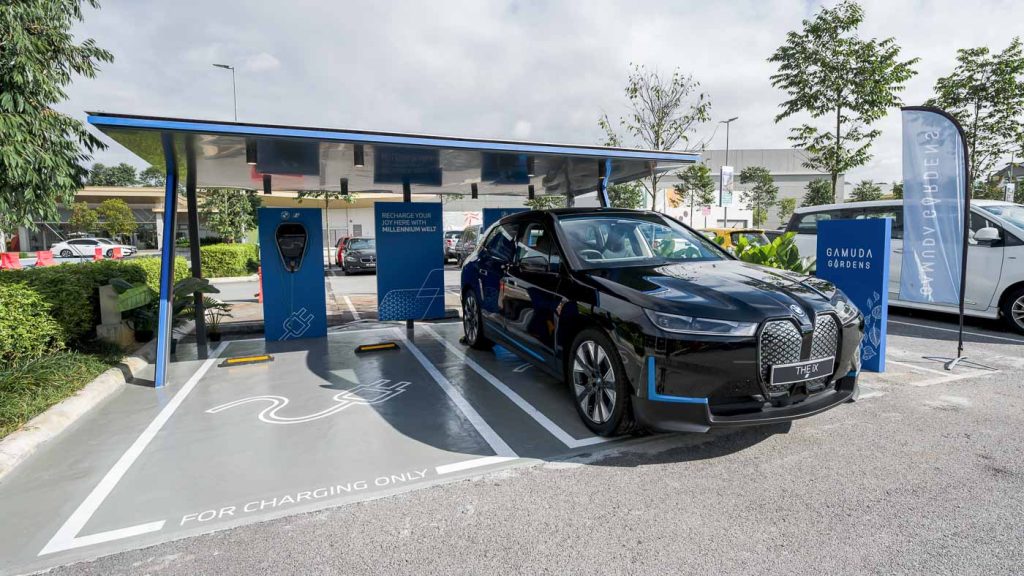
Planning the journey ahead of time can make a trip even smoother. EV drivers can easily locate charging facilities along highways or in cities using interactive tools like the MEVnet dashboard by PLANMalaysia and MGTC, which is available at planmalaysia.gov.my/mevnet/. Additionally, popular navigation apps such as Google Maps and Waze now provide comprehensive, up-to-date listings and routes to public EV charging locations, making it easier than ever to plan the journey ahead in an EV.
Moreover, the availability of DC fast charging facilities along highways means that recharging an EV vehicle can be done quickly and efficiently, allowing a driver to be back on the road with minimal delay. It typically takes around 30 minutes to charge an EV from 10% to 80% using a DC fast charger, allowing one to take a short break to stock up on snacks, stretch one’s legs, or connect with people before getting back on the road.
Automacha comment: Refer EV interstate travel comment made above. Though it would be worth adding too here that the 30 minute quoted top up is on condition that the charging station is available, which may not always be the case, especially when it is during the busy travel season. And when that occurs, waiting for one’s turn to top up an EV is to be significantly longer than the roughly three-minute per vehicle refuelling time it takes for an ICE-equipped car…
Infographic 3: The EV Ownership Experience.
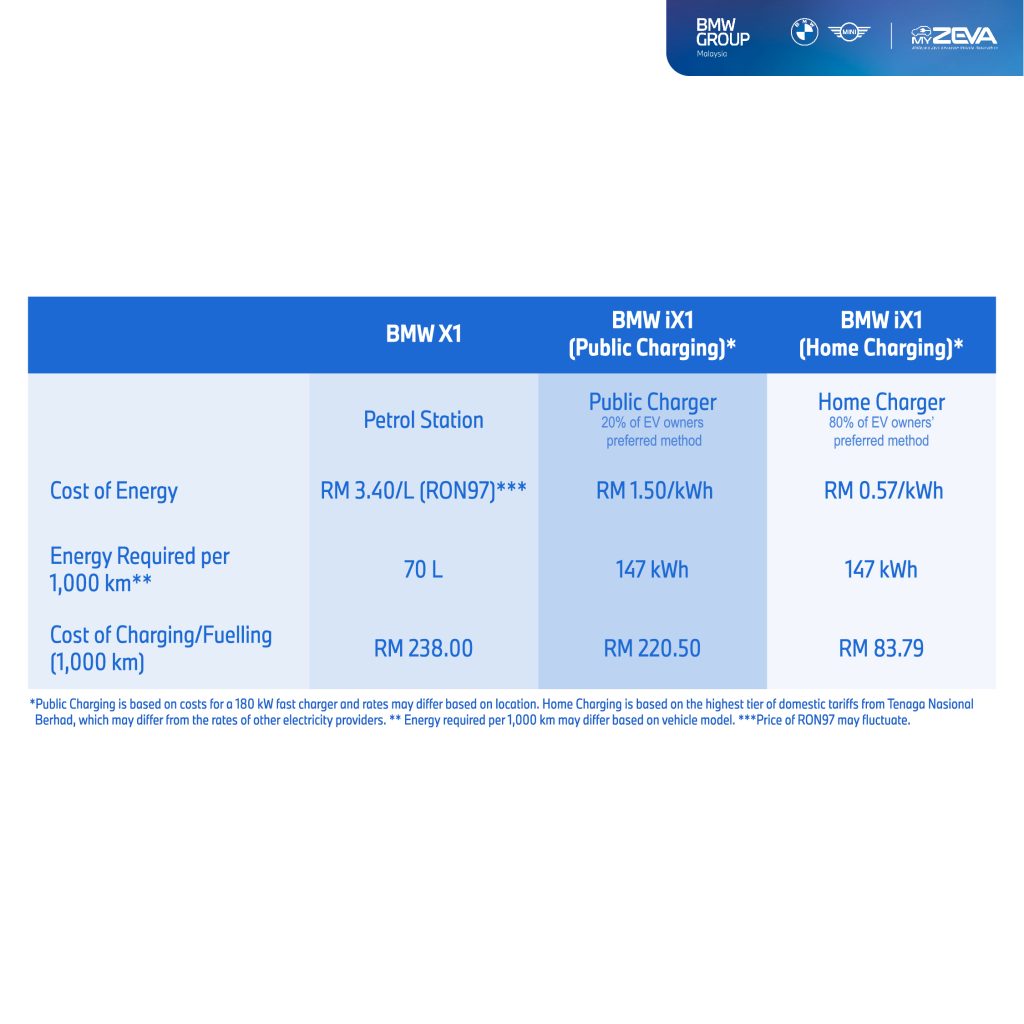
The Zero Emissions Vehicle Association of Malaysia (MyZEVA) has provided valuable insights into the cost perspective of owning an EV in Malaysia, then represented by comparing the fully electric BMW iX1 with its petrol-powered counterpart, the BMW X1.
Charging your EV at home is not only convenient, but also cost-effective. A home charging wall box can fully charge your EV in approximately 4 to 8 hours, depending on the model. By charging your EV overnight, you can seamlessly top up your vehicle without disrupting your daily routine. According to comparison above, charging a BMW iX1 at home is approximately 65% more cost-effective than refuelling a BMW X1 at a petrol station.
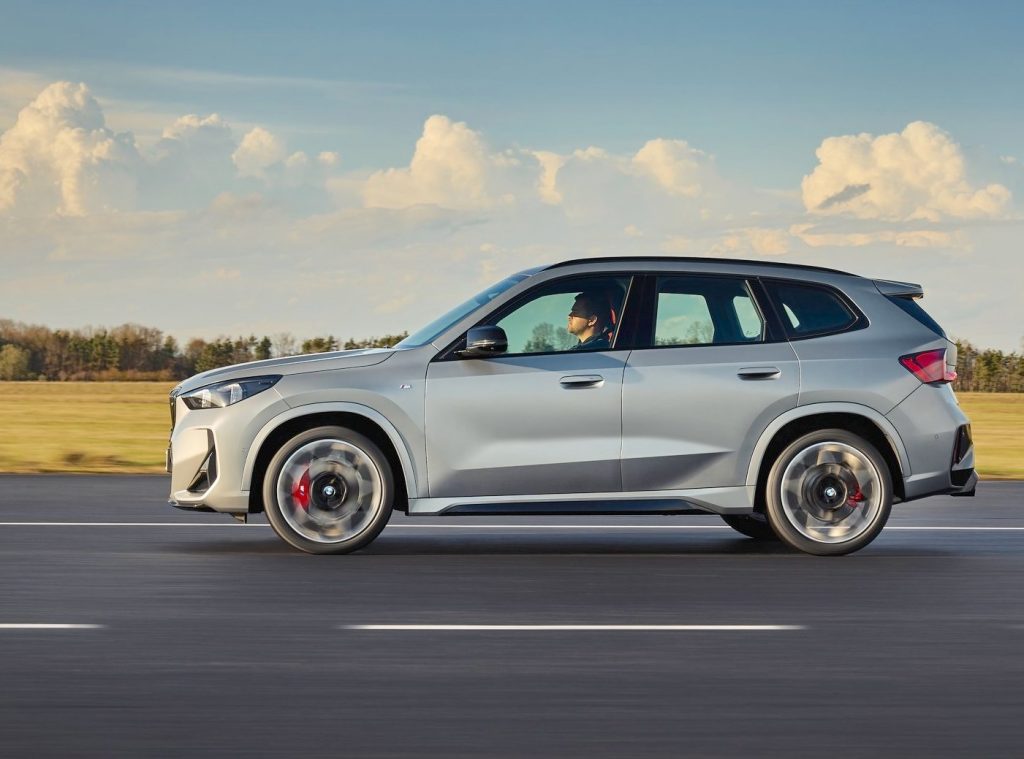
Automacha comment: Yes, the thought of having a fully charged vehicle every morning before one heads out is a rather neat concept. Moreover, there really is no disputing that home charging (with domestic electricity rates) makes EV ownership a rather financially appealing option… for those who have the privilege to do so of course.
As for those who don’t have the luxury of charging at home meanwhile, the current public charging rate, even on slow AC charging, is really functionally equivalent to what it costs to refuel an ICE-equipped vehicle (on subsidised RON 95 petrol). So when it comes to cost savings under this scenario, there really isn’t much for an EV over a gas-guzzler.
Oh, and the cost mentioned above is not inclusive of the money spent (and time wasted!) for parking up to charge these EVs in public areas as well.

Maintenance of Electric Vehicles.
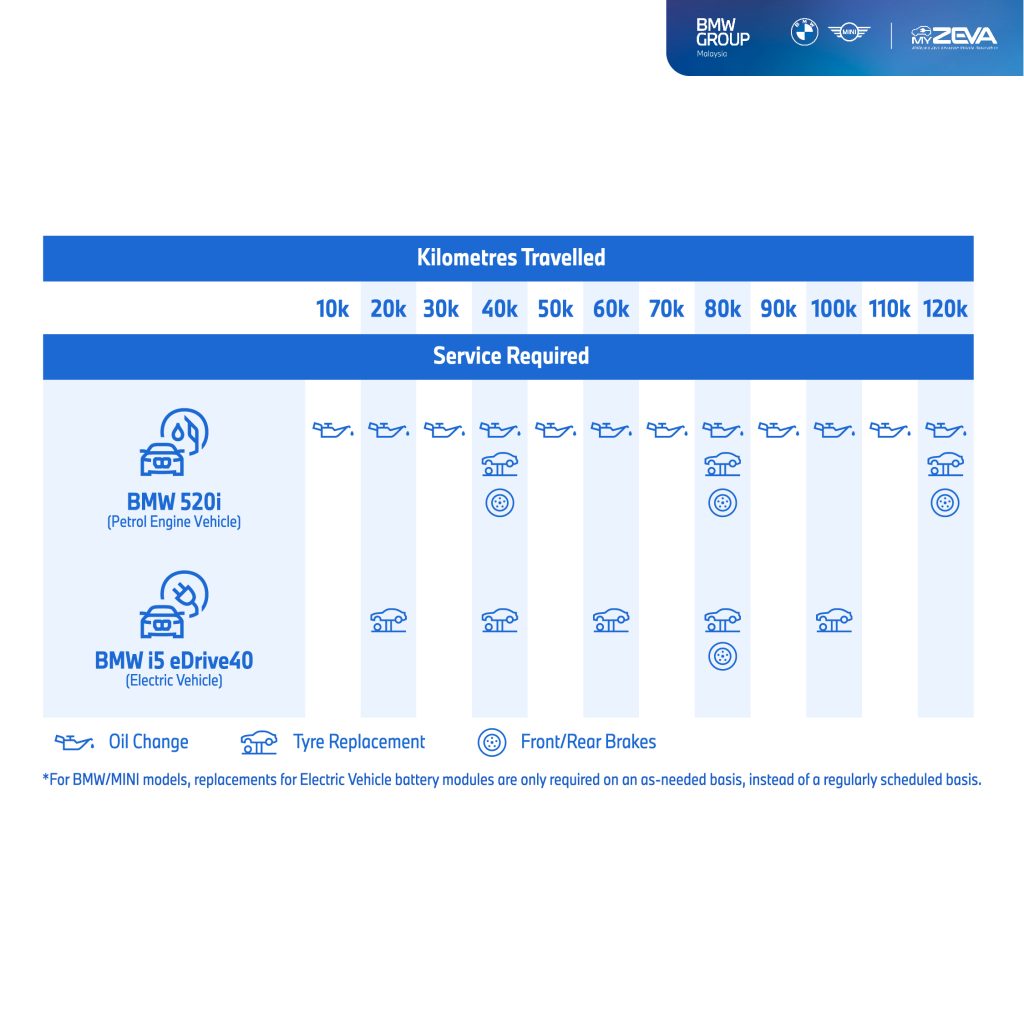
EVs also require less frequent maintenance compared to traditional ICE vehicles. With no need for oil changes and fewer moving parts, maintaining an EV is simpler and more efficient. For BMW and MINI BEVs, the batteries are also made up of modules, allowing for replacement of only the faulty modules, rather than the entire battery. Technological improvements such as this will only help ensure the costs of maintaining an EV continue to go down over time.
Automacha comment: The low maintenance cost inherent with EVs are by and large looking to be largely true, especially as going by other more developed countries that is, there has yet to be any major issues of battery pack replacement horror stories that have once plagued the hybrid rollout a few years back over here.
What is nevertheless worth mentioning here though is that while the running costs for EVs are low, what is similarly looking rather low now is the resale value for these zero tailpipe emission vehicles. Just something to bear in mind then for those out there who are thinking that EVs will be a cheaper overall car ownership solution.

BMW Group Malaysia’s efforts in advancing Electrified Mobility in Malaysia.
To date, over 6,400 fully-electric vehicles from across the BMW and MINI portfolio have been introduced to Malaysian roads. Additionally, over 2,020 charging facilities have been made available by BMW Group Malaysia for EV owners here so far, through strategic partnerships with various EV charging providers in Malaysia. Over 100 BMW i and MINI charging facilities are also available at most authorised dealerships, as well as partnering venues across the country, with more to come as part of the strategic infrastructure expansion plan set for the year ahead.
Automacha final word: For those who have gotten this far, it is perhaps worth pointing out that these comments made aren’t to pooh-pooh EVs and their adopters. In fact, the writer who made the comments above actually quite enjoys an EV, with their lack of noise, vibration and instant accelerative prowess being incredibly enjoyable qualities to have in a car.
What is mentioned above is instead basically the unfortunate reality right now regarding EV ownership, which is not all too obvious from the statistics, and more pertinently perhaps, from the preaches of EV-angelicals on this subject. So to those who are considering transitioning to electrified mobility then, it is really worth considering all these factors before making the leap. Or if possible, really go and try before one commits to this new lifestyle.
